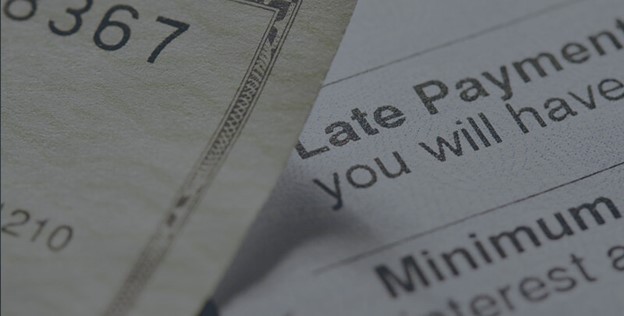
Avoid These 7 Commom Credit Mistakes
December 24, 2021
Medical Debt: 3 Credit Facts You Need to Know
December 26, 2021Paying off your debt has many benefits. With time, your financial obligations and the size of your monthly payments may shrink. You can use the extra cash for investing, saving, or just having fun. Paying off your debts on time can even improve your credit score.
What is the best way to pay off debt? Here we explain two of the most popular debt repayment strategies – the debt snowball and the debt avalanche – so you can decide which is best for you.
Debt Snowball
With the debt snowball method, you pay down your smallest debts first and work your way up the ladder. If you owe $2,000 on a credit card, $1,500 on a car loan, and $10,000 on a student loan, you would pay them off in the following order:
- First: $1,500 car loan
- Second: $2,000 credit card balance
- Third: $10,000 student loan
Making the minimum payments on your larger debts while paying extra toward the small car loan would suffice. Once the car loan is paid off, you will move on to the next smallest debt.
Paying off smaller debts first allows you to quickly pay off all your debts one by one, which can be very psychologically rewarding. It will feel like you are making progress, and you’ll be able to put more money toward those bigger debts.
In summary, the debt snowball method allows you to quickly clear away debts and gain a mental boost from seeing them disappear.
Debt Avalanche
With the debt avalanche method, you pay off your debts with the highest interest rates first. As an example, if you have a student loan with a 7% interest rate, a credit card with a 19% interest rate, and a car loan with a 4% interest rate, you will pay them off in the following order:
- First: 19% credit card balance
- Second: 7% student loan
- Third: 4% car loan
Making minimum payments on debts with lower interest rates, and putting extra money toward debts with higher interest rates, is what you should do. Once the credit card balance is paid off, you will work on the next highest interest rate.
Mathematically, the debt avalanche method makes the most sense. If you pay down your higher interest debts first, you’ll end up paying less interest in the long run.
Which Method is Right for You?
Ultimately, the best debt repayment method is whichever you’ll stick with – there isn’t necessarily a better strategy as long as you’re committed to paying off your debt.
You can use the debt snowball method if you have many small debts or if you wish to see short-term progress by paying off your debts one by one. Paying off debt can keep you motivated and reduce the amount you pay each month.
The debt avalanche method is a good strategy when you’re numbers-oriented and wish to save as much money on interest as possible over the long run. By reducing your interest payments, you may be able to put more money in your pocket.
Occasionally, both strategies may coincide – the debt with the highest interest rate may also be the smallest.
No matter what strategy you choose, you must still make minimum payments on your other debts. Debt repayment may require budgeting, refinancing loans, and even making lifestyle adjustments. You might also want to avoid taking on any additional debt until you have reduced your existing obligations significantly.
Is your personal information on the dark web? Make sure your identity isn’t at risk!


